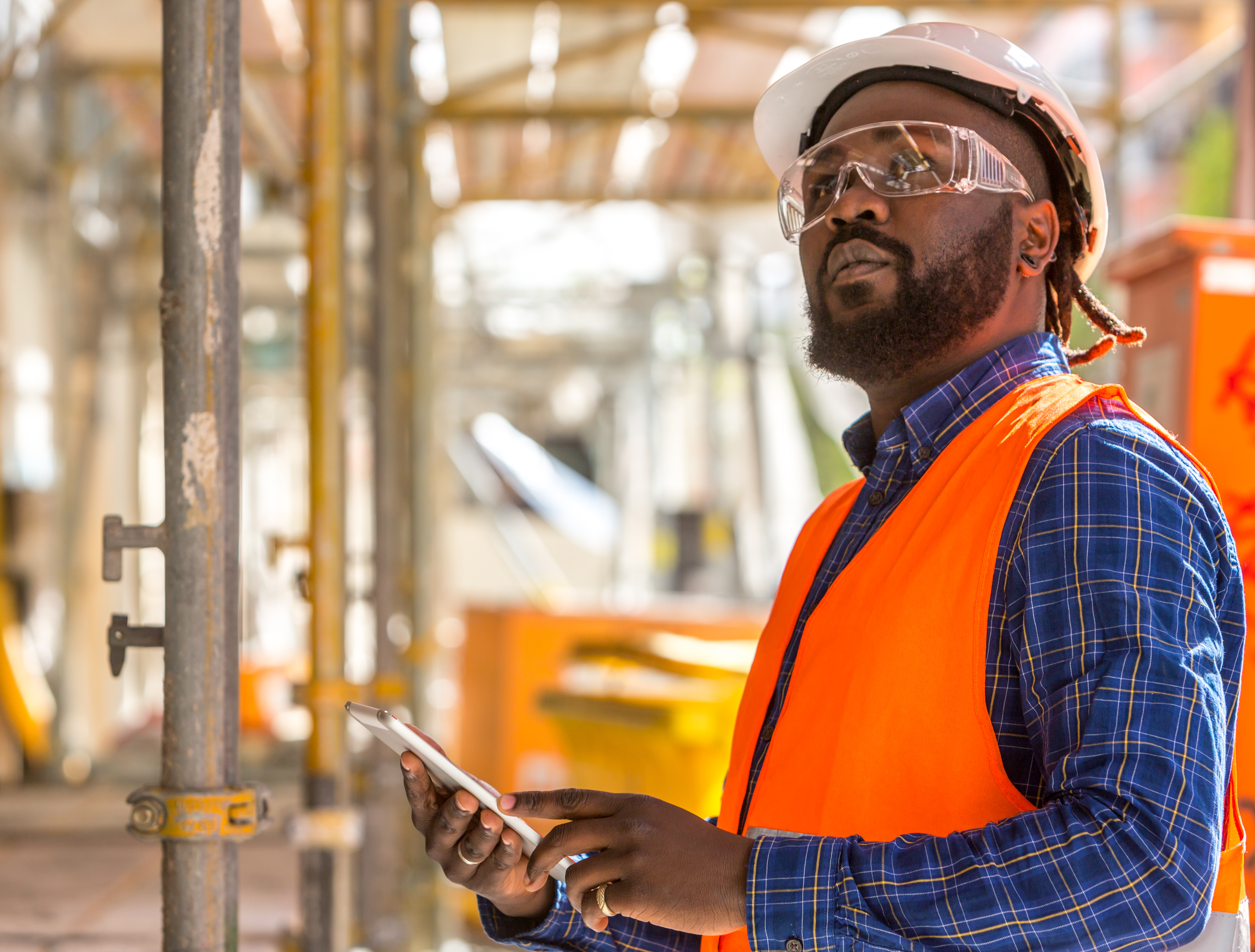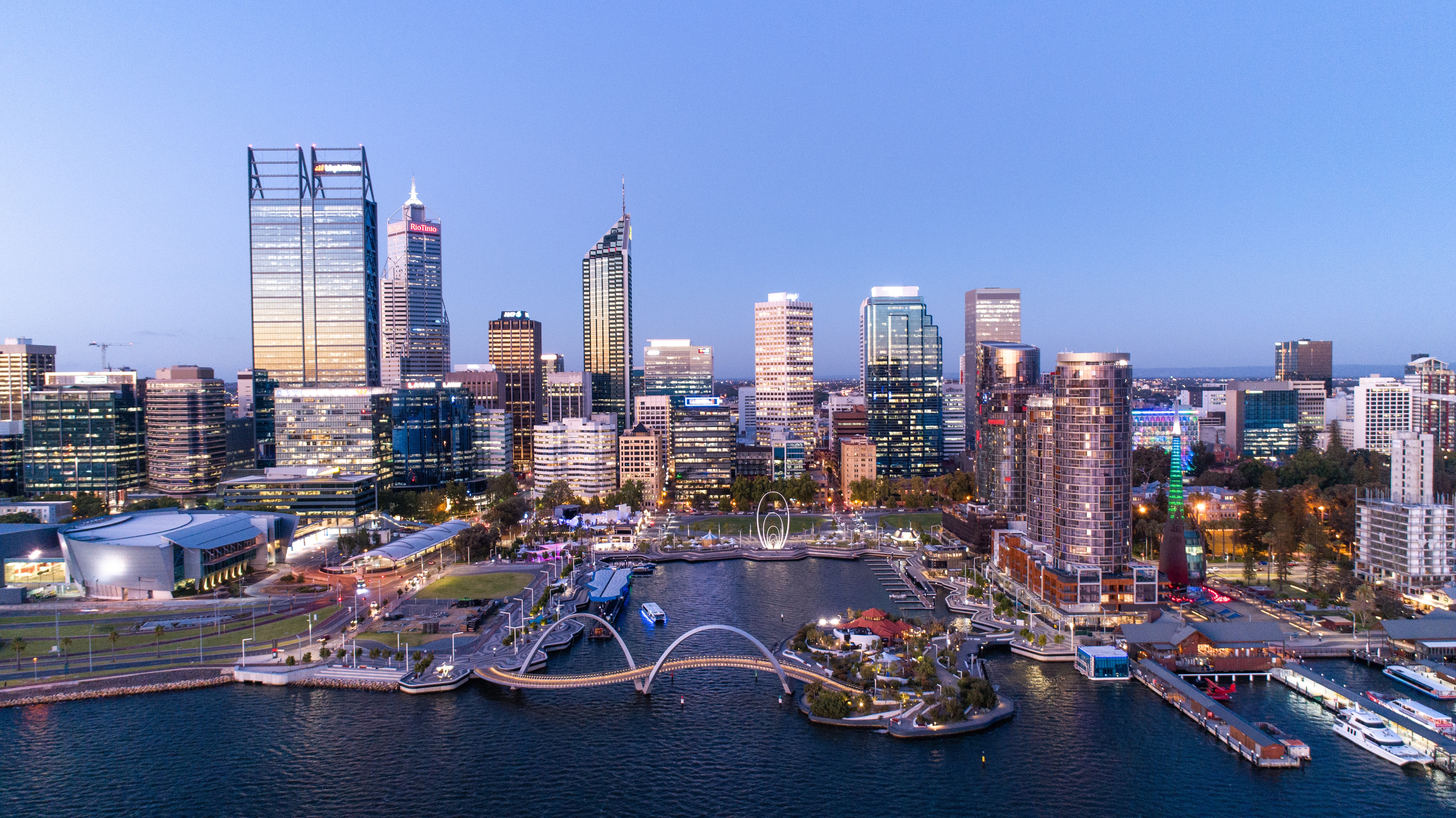
The Engineer’s Guide to Finding New Job Opportunities
Finding a professional recruiter who can effectively find you the perfect engineering job can be difficult and confusing.
Read moreAustralia’s ambition is to become an innovative, technically progressive and globally competitive nation. And no other profession embodies the spirit of innovation like engineering. Engineers are constantly discovering new ways to improve our way of living to meet the demands of the 21st century.
However, the nation is currently facing enormous challenges. While demand for experienced engineers is overwhelming, employers are struggling to find skilled engineering candidates. This is predominantly due to the threat of the global pandemic.
So, how is Australia dealing with these challenges and how can they overcome them?
In 2010, policy changes to the skilled stream of the Migration Program were designed to shift the focus from ‘supply driven’ independent skilled migration towards ‘demand driven’ migrants, in the form of employer and government-sponsored skilled migration. The program aims to better target the skills critical in the economy and ensure skilled migrants employed in industries, such as engineering, obtain the most support.
The onset of the COVID-19 pandemic and associated restrictions saw a continued trend of high demand in the engineering sector, with Australian immigration expected to see a post-pandemic boom once borders are reopened.
The Department of Home Affairs believes their 2020-2021 Migration Program Skill stream will focus on visa categories to help Australia’s economy rebound from COVID-19. Visa groups, like engineers, are given priority as they provide investment, talent, and critical skills to Australia. They are also well positioned to assist Australia’s economic recovery.
In further positive news, The Migration Program also specifies Priority Migration Skilled Occupations, which includes electrical, civil, structural, geotechnical, transport and mining engineers. These occupations are to be given priority processing.
The engineering sector in Australia is excessively dependent on skilled migration. Report data shows 57% of engineers working in Australia were born overseas, compared with 40% in other professions.
However, with international borders closed indefinitely, relying on overseas talent to amplify our already light talent pool isn’t viable. The worsening skills shortage - exacerbated by the pandemic - means local businesses have limited access to overseas talent. Frequent domestic border closures aren’t helping either.
Employers are now being forced to reconsider how and where they source talent. Adapting to this ever-changing landscape is essential if businesses want to flourish. This may mean exploring new talent pools and utilising a ‘passive talent pool’ approach that includes:
Employers can adopt the above to ensure they can fill essential roles with top quality candidates.
As Australia looks to invest in infrastructure over the next 10 years, we are seeing a surge of the contracting trend in the engineering sector. Driven by an abundance of project-based work, engineers are now choosing to engage with companies on a short-term basis. The ramp up of rail infrastructure such as the Sydney Metro West saw a sharp increase in the use of short-term contracts to keep project budgets in control.
Contracting works well for engineers, as a major part of their life cycle is project management. Short-term projects that demand a specific skill set allows companies to have access to expertise, without having to make teams redundant when projects reach completion. Other advantages of contract work includes:
The engineering talent shortage has emerged as a huge risk factor for companies. In such an ultra-competitive market, proactively retaining the top performers has become a key point of strategic emphasis. Here are three things to improve retention levels:
For more ways to retain talent, read our suggestions here.
CGC Recruitment is a specialist construction, infrastructure, engineering, and architecture recruitment consultancy. We view our clients as our partners and work closely with them to meet their business needs. We work with some of Australia’s largest construction brands through to specialist SME’s and boutique consultants. We have proven experience delivering permanent, contract and retained recruitment solutions, consistently providing the right candidates for the right roles at the right time.
If you have an active role you’d like to discuss or just want to talk to a specialist consultant, please contact us. Alternatively, you can complete our online client form and a member of our team will contact you.

Finding a professional recruiter who can effectively find you the perfect engineering job can be difficult and confusing.
Read more
Employee turnover can have a huge negative impact on any industry, but the effects are even more damaging for the highly specialised construction, engineering, and infrastructure market. These...
Read more

The engineering sector Engineering is a broad and exciting field with a diverse range of career paths following graduation.
Read more
With an ever-increasing demand in the construction and engineering sector, it made sense for CGC Recruitment to expand our operations to serve our clients nationally.
Read more
As we look back over the past financial year and ahead to the 2020/21 year, CGC Recruitment is excited to launch our inaugural CGC in Focus Report on the state of Australia’s construction and...
Read more
From major infrastructure to smaller local projects, there’s currently an abundance of work in the engineering sector - covering both multidisciplinary and niche firms.
Read more
In the third of our MarketWrap series, we take an overview of the Australia’s Engineering and Architecture marketplace over the past financial year and look ahead to the coming year.
Read more
Job markets are constantly evolving, and during the lockdowns and changing work and border restrictions of 2020 and 2021; we saw the importance of certain roles change, companies refocused their...
Read more© 2022 CGC Recruitment. All rights reserved.
Terms & Conditions Privacy Policy Contact